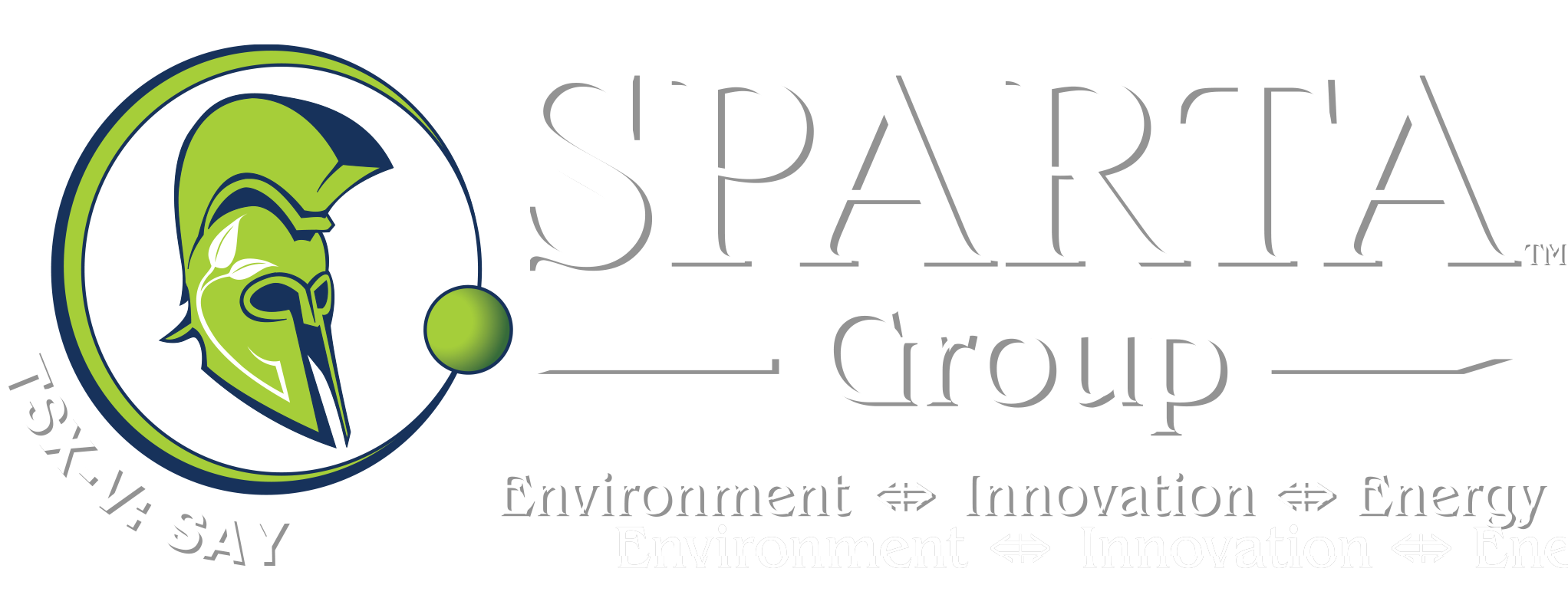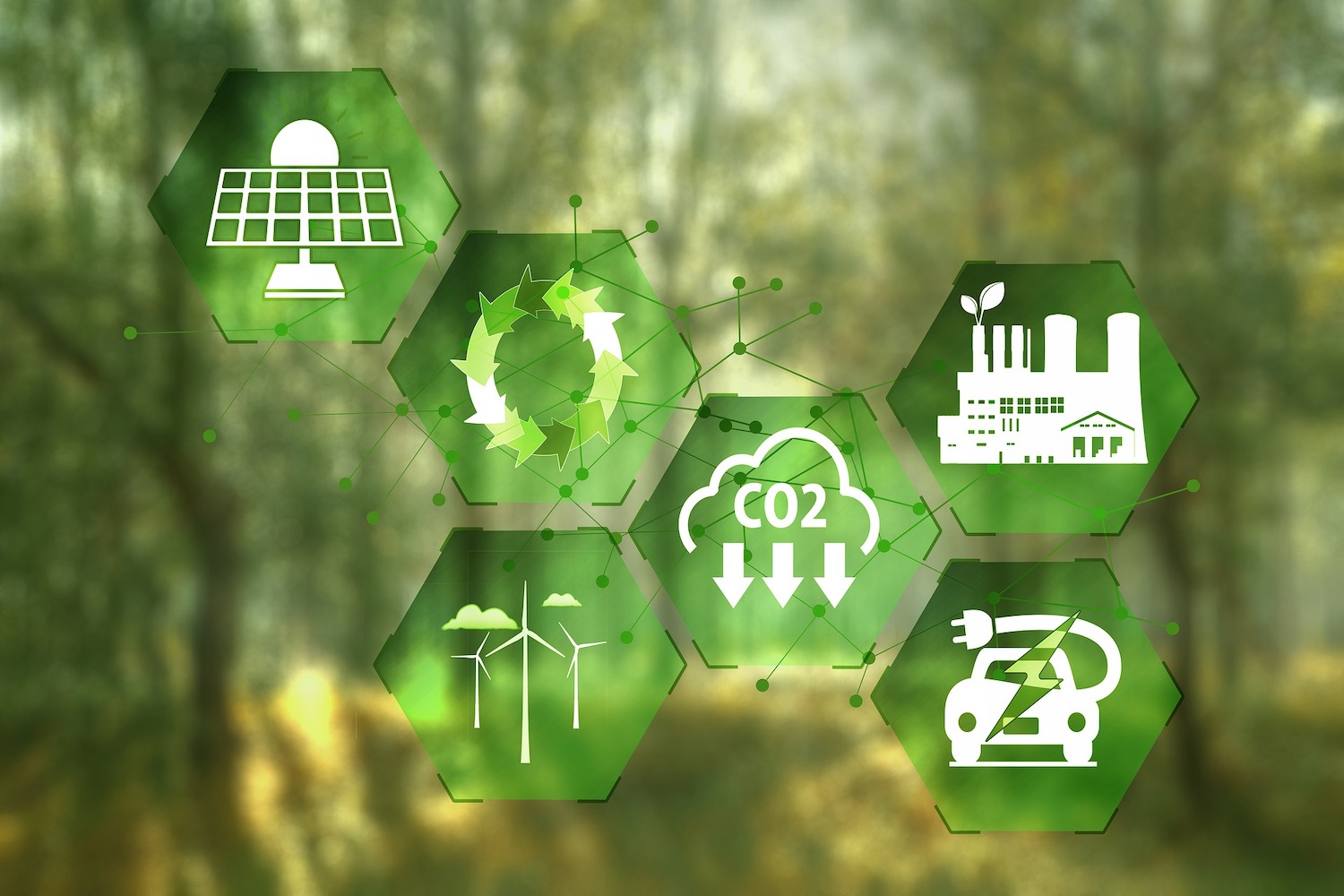– Teresa Madaleno:
Not all carbon credits are equal. Some are of poor quality so you might not be getting what you think. Poor quality means your carbon credits aren’t really tied to an emissions reduction project that is effective.
Carbon offsetting normally comes into play when a business is unable to completely cut their carbon footprint through day-to-day practices. Most companies fall into this category. After reducing or mitigating emissions within their supply chain and operations, many companies consider carbon credits that finance projects that reduce, sequester, and avert equivalent carbon emissions. One of the first carbon offsetting projects involved reforestation. Today, there are offset projects involving wind power, methane mitigation, clean water, regenerative agriculture, solar power, and now e-waste recycling.
It is important for companies to understand which carbon credits are generated from high-quality, verified carbon credit programs to have the best impact with offsets. One sign of quality is a project that is certified by a registered body. Sparta Group’s ERS International, which focuses on the recycling and upcycling of electronic waste, is certified by a world leader in standards testing. Sparta announced in late 2022 that it was officially generating verified carbon credits through its work at ERS. Another factor to consider is that data monitoring and quality controls are much stronger today than they were when the first carbon credit program was introduced.
If you are thinking of offsetting emissions by purchasing carbon credits, consider the quality guidelines below:
Quantification: Ask how the emission reductions and removals are quantified. This means the methods used to measure GHG, as well as collecting, analyzing, and storing emissions data. Emissions should be quantified in a conservative way and a discount for uncertainty should be factored in.
Baseline: Ask if the company measured using a baseline. Credible baselines determine the emissions that would have been emitted and/or removed from the atmosphere had the project not been implemented. Baselines are represented as tonnes of carbon dioxide. The most credible baselines are conservative and assume that less as opposed to more GHGs would have been emitted.
Preventing leakage: This refers to the assurance that the activity (project) avoids GHG emissions rather than just displacing them.
Assurance of additionality: This means that the GHG emissions reductions and/or removals linked with a carbon credit would not have happened without the resources provided by a project/program.
Safeguards: Ask what safeguards are in place to ensure the project does not cause social, physical, or environmental harm. In the case of Sparta’s ERS International, the company has multiple certifications for reaching high standards, including ISO 45001, ISO 9001, OHSAS 18001 and R2v3.
Don’t be afraid to ask questions and educate yourself about the best opportunities for your business. Keep in mind that today, data monitoring and quality controls are much stronger than they were when the first carbon credit program was introduced so if you are determined, you will find a high-quality carbon credit program.
At Sparta we know there is little point in offering up poor-quality carbon credits. It doesn’t help the environment and it doesn’t help your company reputation to be associated with low-quality. Making the right choice when it comes to carbon credits is important, and its why Sparta management is so proud of the high standards at its ERS International facility.



